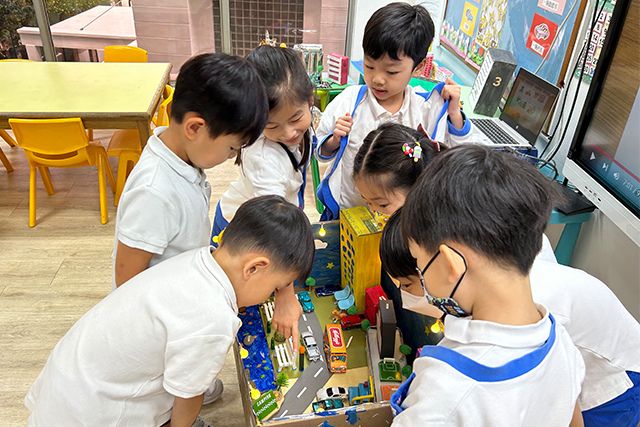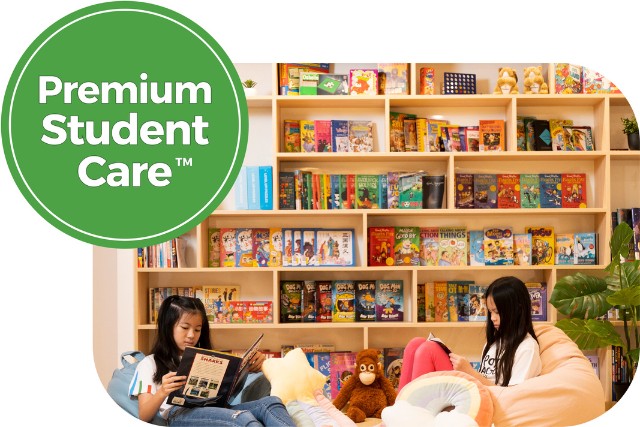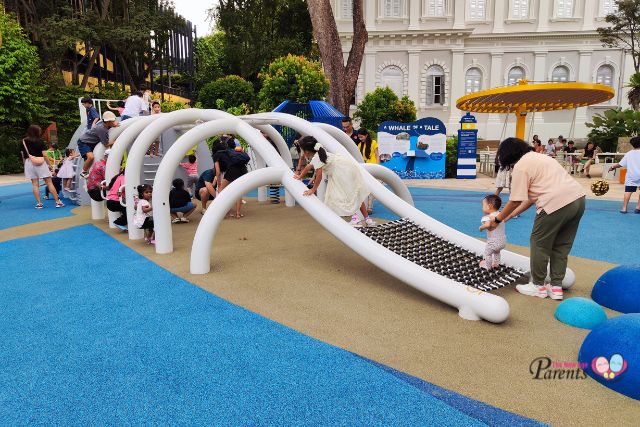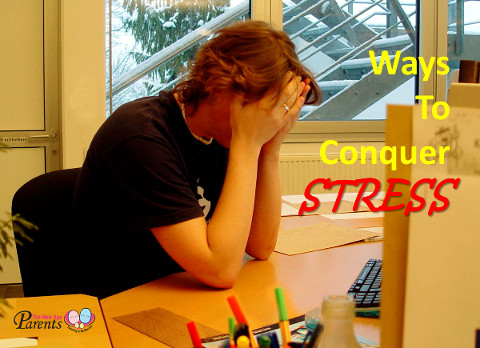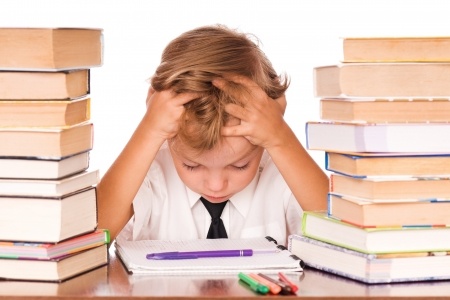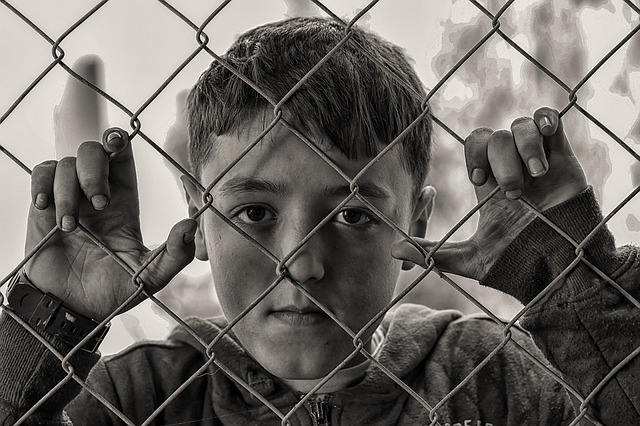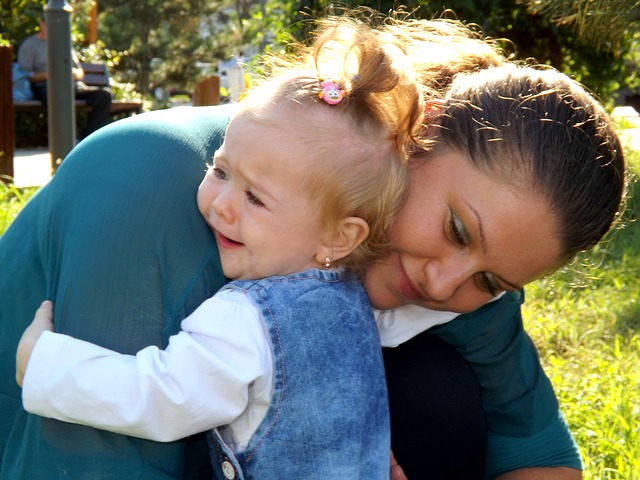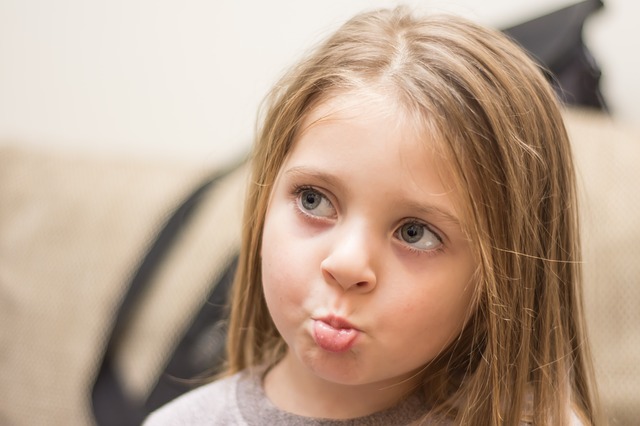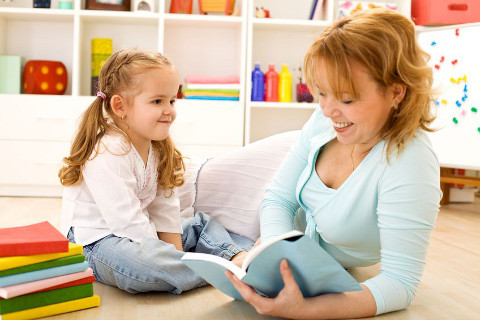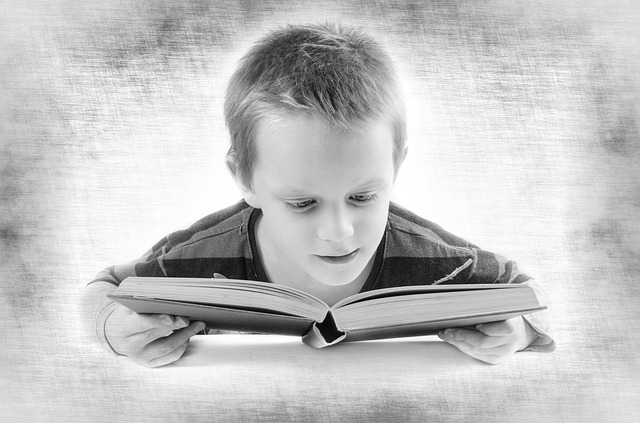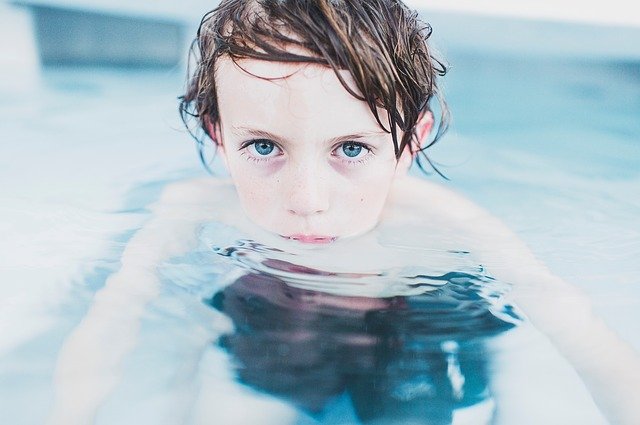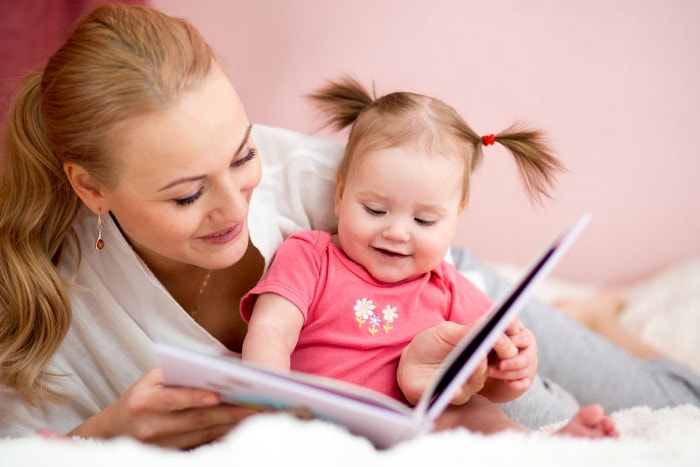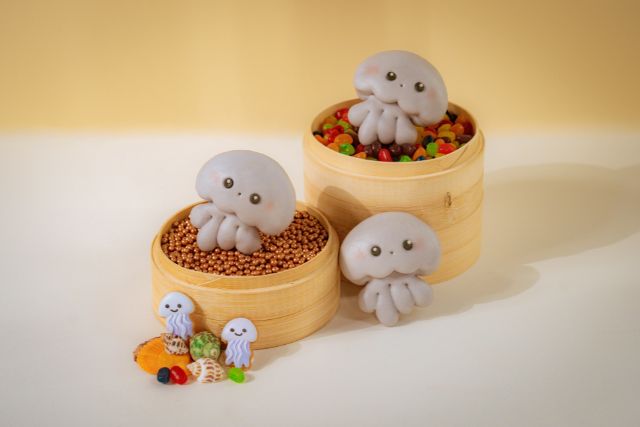The ability to self-regulate is a core strength of child development and an essential part of healthy emotional child development. When a child is just born they are fully reliant on their mother to manage all of their needs both physical and emotional.
Through the first 3 years of life, the parents respond to the child’s emotional, physical and emotional needs. Gradually as the child gets older, the mother starts to pull back and now helps the child with emotional regulation. The pattern is a mother does all the regulation for the child, usually the first year.
In the second year, the mother does emotional regulation with the child. Finally, as the child continues to mature, the parent pulls back to allow the child to regulate his or her emotions on his or her own. We see examples of this throughout development.
Examples include changing diapers, feeding bottles, then self-feeding, brushing teeth, going potty and learning to dress are just a few.
Responding to Stress
Not all stress is bad and in fact, it is an important part of a child’s development of self-regulation. Central to the process of the healthy development of stress-response capability is that children learn to read their bodies’ signals. A child needs low-level stressors to learn to adapt and manage these stresses and develop skills to respond appropriately. This happens as a parent age-appropriately pulls back providing immediate solutions to a child’s needs.
When these systems develop normally, we are able to deal with complex and challenging situations with age-appropriate solutions. By adulthood, these should be thoughtful and creative. When a child’s capacity for self-regulation does not develop normally, he will be at risk for many problems-from persistent tantrums to impulsive behaviours to difficulty regulating sleep and diet.
How Self-Regulation Matures
The capacity for self-regulation matures as we grow. Healthy self-regulation is related to the capacity to tolerate the sensations of distress that accompany an unmet need and this facilitated by a parent providing age-appropriate learning opportunities for the child. The parent needs to pull back assistance.
For example, the first time the infant felt hunger, she felt discomfort, then distress and then she cried. An attuned adult responded. And after thousands of cycles of hunger, discomfort, distress, response, and satisfaction, the child has learned that this feeling of discomfort, even distress, will soon pass. An adult will come.
As young children learn to read and respond appropriately to these inner cues, they become much more capable of tolerating the early signs of discomfort and distress that are related to stress, hunger, fatigue, and frustration. When a child learns to tolerate some anxiety, he will be much less reactive and impulsive. This allows the child to feel more comfortable and act more “mature” when faced with the inevitable emotional, social, and cognitive challenges of development.
With the capacity to put a moment between a feeling and an action, the child can take time to think, plan, and usually come up with an appropriate response to the current challenge. For example, if you want another turn, wait in line and learn to tolerate the frustration of not getting exactly what you want exactly when you want it. As a child matures, the attuned parent pulls back assistance to let the child manage age appropriate distress.
When to Worry
Many children have difficulty with self-regulation. This is normal as they learn to become better at it given lots of opportunities for practice. From birth to age 3, children are developing their skills. By age 4, children should have the ability to do more emotional regulation on their own. However, a child with poor self-regulation disrupts an entire classroom.
They are often impulsive, hypersensitive to transitions, and tend to overreact to minor challenges or stressors. They may be inattentive or physically hyperactive. These children benefit from the structure, predictability, and enrichment that schools provide. Unfortunately, this may not be enough.
If these problems are extreme and persistent, or if the behaviors disrupt the class, the child should be referred for further evaluation.
Helping Children Self-Regulate Feelings and Emotions
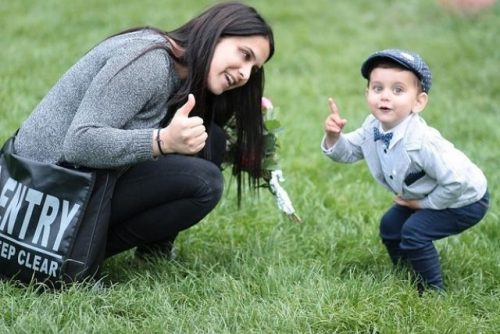
- Model self-control and self-regulation in your words and actions when you are frustrated with a classroom situation.
- Provide structure and predictability. Children with self-regulation problems are internally “unstructured.” The more freedom and flexibility they have, the more likely they are to demonstrate uncontrolled behaviors.
- Anticipate transitions and announce changes in home schedules.
- Reward children with good selfregulation capabilities with freedom and flexibility that will offer them opportunities for spontaneous, creative play and learning.
- Try to identify the most “reactive” and impulsive children and keep them apart from each other. Pairing children who face these challenges can escalate the problem.
- Remember that impulsive and aggressive children can create an atmosphere of chaos and fear. Don’t be afraid to immediately re-direct inappropriate words and actions. Your actions will make the rest of the children feel safer.
- Seek help. Don’t be afraid to point out a child’s self-regulation problems with parents or other school personnel. Early identification and intervention can save the child and family years of failure and pain.
By Tammy M. Fontana from All in the Counselling.
Ms. Fontana has resided in Singapore for over nine years and has worked with both the expatriate community and the local Singaporean community. She provides both individual and couple therapy. Ms. Fontana has specialized training to work with children and their families. She is dedicated to improving the lives of others through well-researched interventions and she looks forward to working with each client.
This article was first published in The New Age Parents e-magazine.
* * * * *
Like what you see here? Get parenting tips and stories straight to your inbox! Join our mailing list here.
Want to be heard 👂 and seen 👀 by over 100,000 parents in Singapore? We can help! Leave your contact here and we’ll be in touch.










